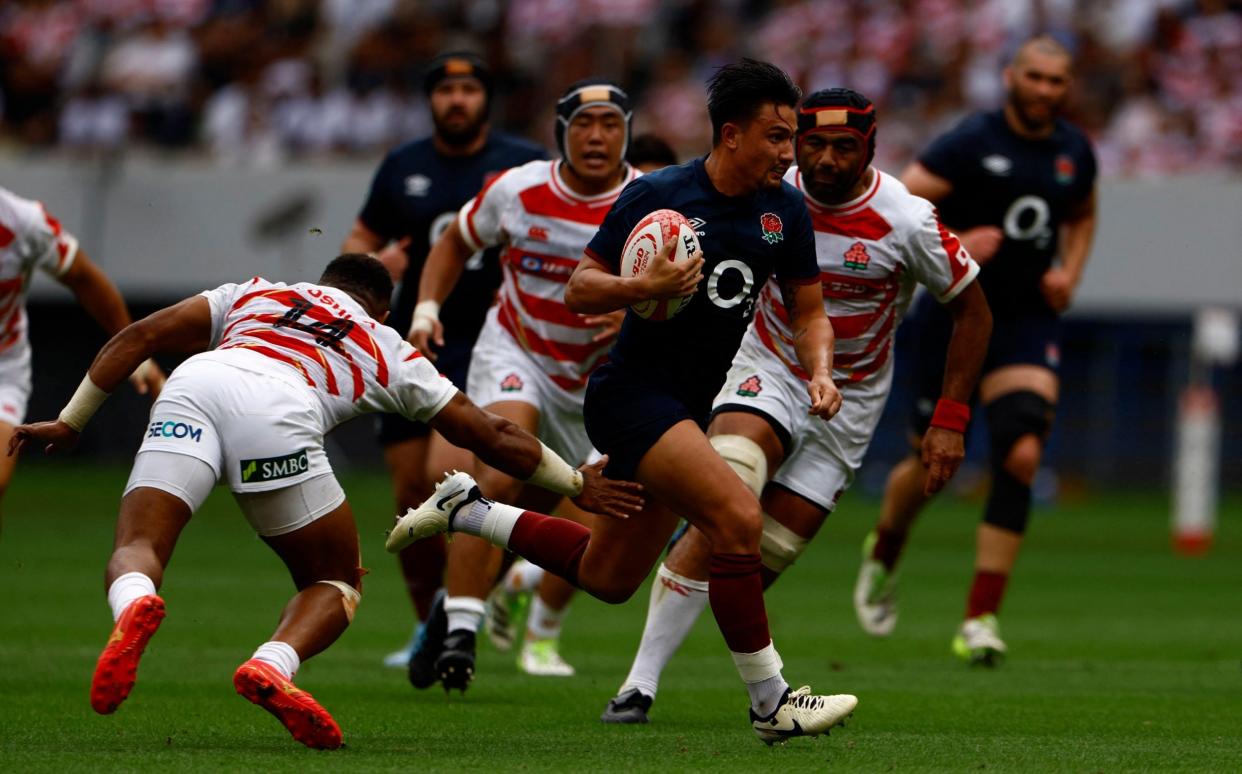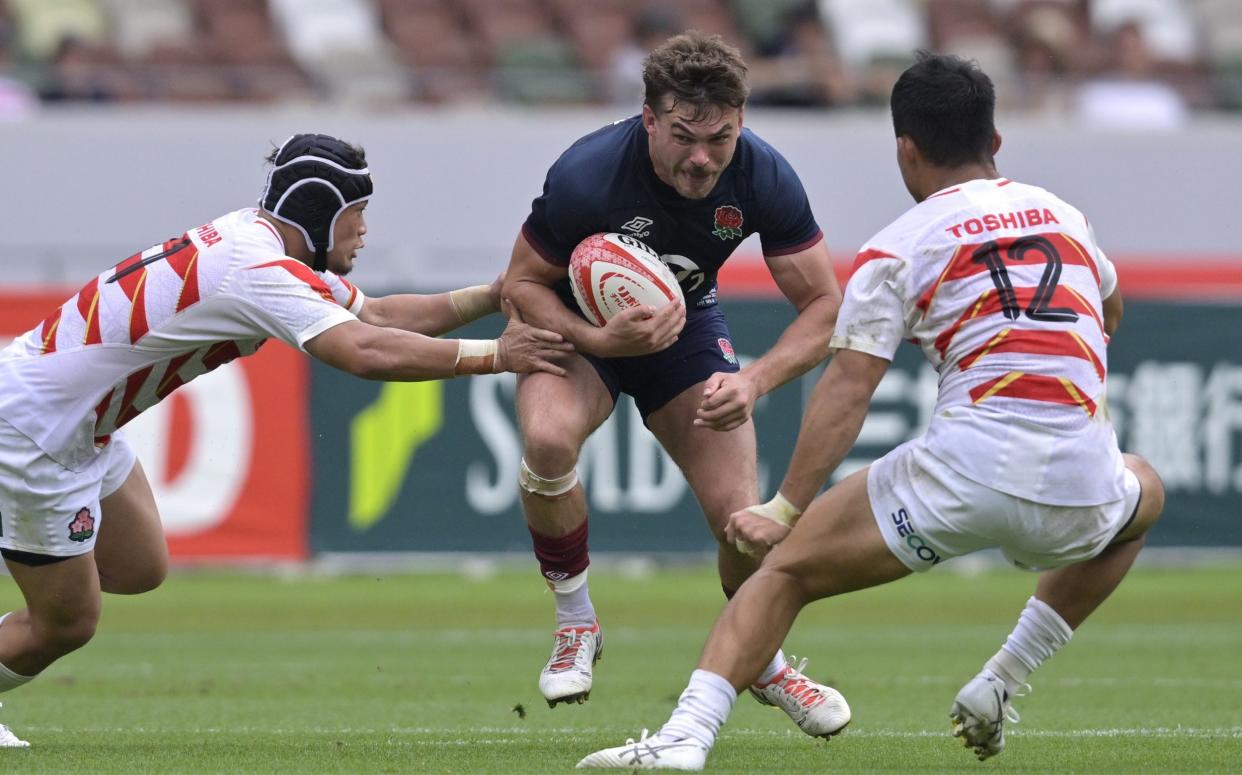England improving under Steve Borthwick, but they need to find another level against All Blacks

The first game of this tour was about looking at the finer details of England’s performance and what they will be able to carry into the two Tests against the All Blacks, which will be an altogether different challenge.
Steve Borthwick will know that his team can be more precise, but he should be encouraged. England impressed me with their off-the-ball work in attack and in defence on Saturday.
The biggest development I saw from where they were against Ireland and France at the end of the Six Nations was in defence. Saturday, without a doubt, could have been a very dangerous game for them.
Early on, Japan were moving the ball from everywhere. Eddie Jones had them playing seriously quickly, forcing England to control the pace of the game.
Without a doubt, Japan could have been a real nuisance. Had they scored two tries in that first 10 minutes, as they did later in that period during the second half, it would have been a big psychological test. England gave up three points very early on, but that was it. They did not panic in the way they brought themselves back into the game.
You might not associate blitz defence with players like Dan Cole, but when you are running a pressure-based system like that, the off-the-ball work-rate of your tight five is critical. That is because players on the outside, like Henry Slade, are often forcing attackers back inside.
During the Six Nations, when England got caught out, it was because that space on the inside of the line-speed was not filled well enough. Even in intense heat and humidity, they gave Japan nowhere to go. To work that hard in those conditions was a mark of their attitude and commitment to one another. They have character about them, and have also defined what they want to look like. I thought Ben Earl was outstanding again, as was Sam Underhill, and Chandler Cunningham-South certainly adds something.
Obviously, New Zealand will be a different kettle of fish and England will need to find another level again. But if you aim to take away the All Blacks’ options out wide, then you also have to cover those tighter runners. They will be going back to a New Zealand winter, as well, which will be a long way removed from the weather they encountered this weekend.
Another aspect to England’s success against Japan was their decision-making at the breakdown. Most of the time, they did not chase balls that were lost. They would leave one man in the tackle and keep the other 14 on their feet. Collectively, in phase-play, that allows you to impart pressure and makes it more difficult for the attack to find space.
Japan’s two tries in the second half, just as England were making a few changes, came as a result of one-on-one tackles that were missed. I thought they showed how dangerous Japan could have been if England had not worked as hard in the first half. Borthwick and Felix Jones should be happy with the fact that it was a collective effort from the entire team.
That extends to their attack as well, and you can see how the forwards are working in twos and threes when they are attacking one or two passes away from the breakdown, just to ensure that there is variation there. In the Six Nations, I felt, England could be a bit predictable.
They did make a few errors at close quarters, which can happen to sides when they are trying to expand an offloading game. There is a very positive Northampton Saints influence in the backline now, with Alex Mitchell, George Furbank and Tommy Freeman there.

Those three bring the ability to cause problems with changes of direction. When Harry Randall came off the bench, a threat from scrum-half continued. That keeps defenders honest in those first two channels, and then the options further wide come into it. Furbank adds so much width.
If you are going to move the ball more, as England are trying to do, your players have to be aware of where the contact is coming and when there might be an opportunity for an offload. England were not caught out at the breakdown. They were occasionally during the Six Nations, because nearest players were not reacting quickly enough to the contact area and where the ball was.
They have obviously worked at getting back to their feet quickly and at reacting to the contact area. Those things do not just get you good ball, they get you quick ball and, with the scrum-halves they have got, England can use that well.
England have built on the counter-attack that was put in place for the Ireland game, to which Furbank is key, and you cannot get away from how important the set piece is. Marcus Smith’s try was a really well-worked line-out move.
Some things never change. Backs will always like getting a real crack from good set-piece ball, and England looked far more positive there. Steve Borthwick has got to be excited about what the two Smiths, Marcus and Fin, bring at fly-half.
Playing 15-man rugby is not about hurling the ball from touchline to touchline. It is about all 15 players being in the best positions as early and as consistently as possible, so you can attack with variety. Even against the very best opponents, like New Zealand, you do not run out of options. England are starting to build that.


